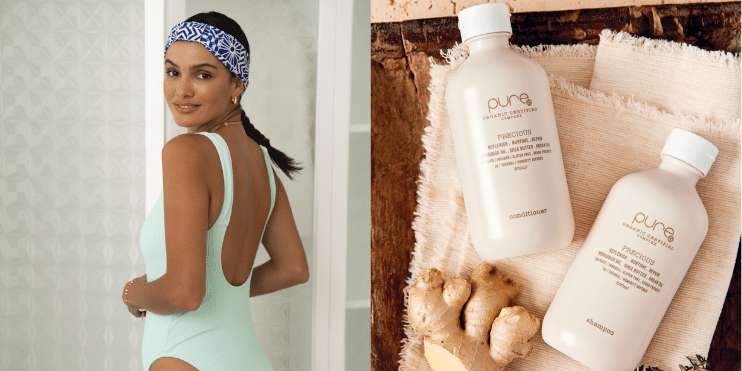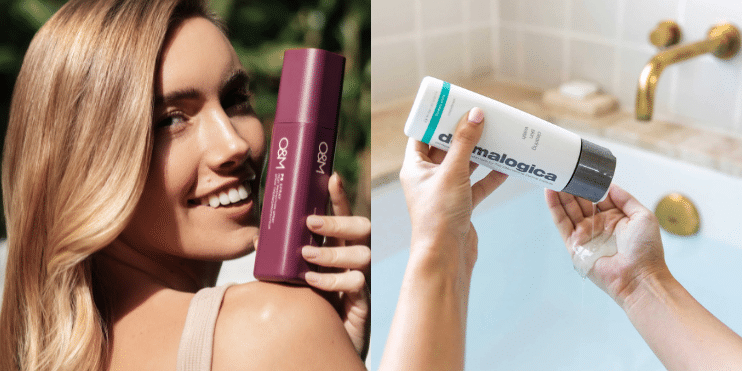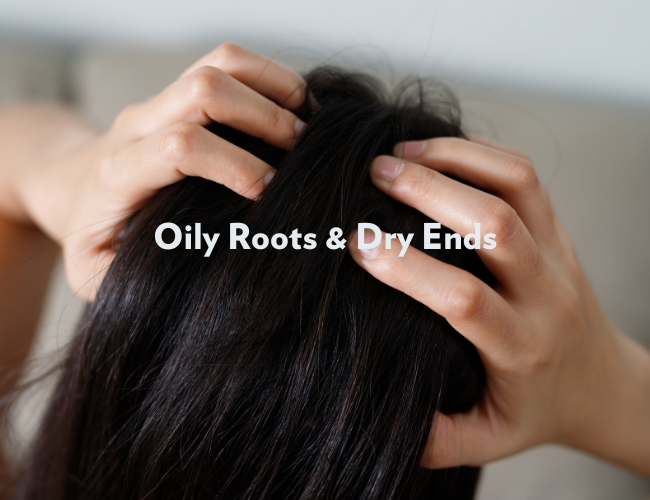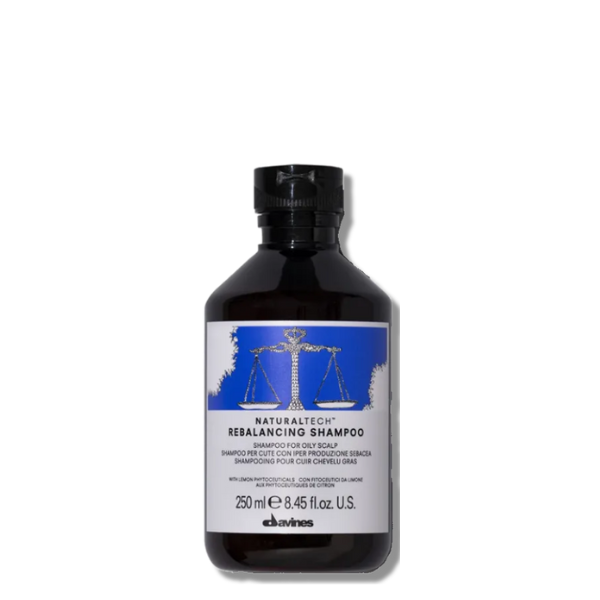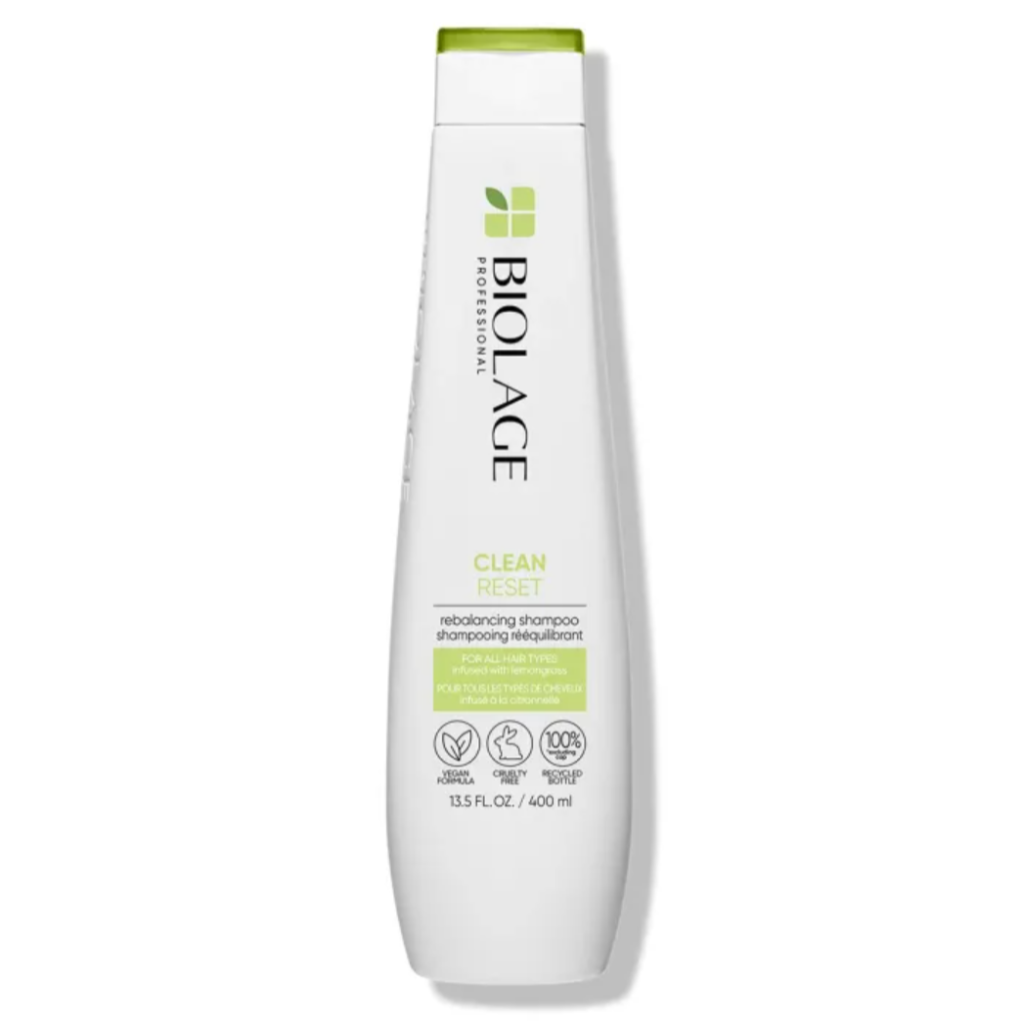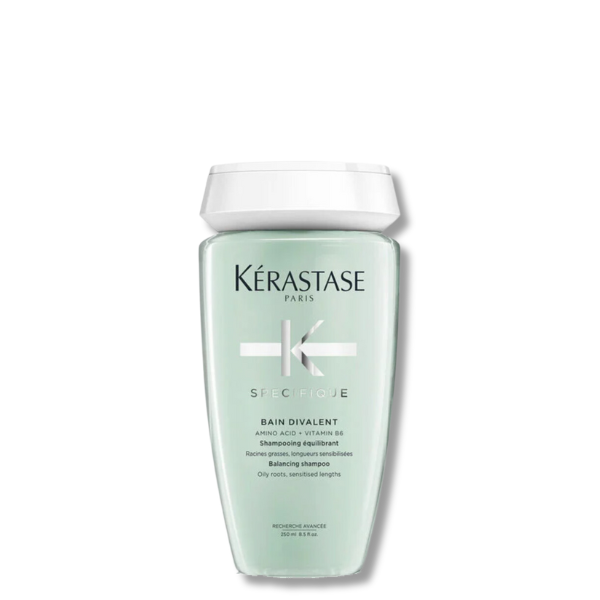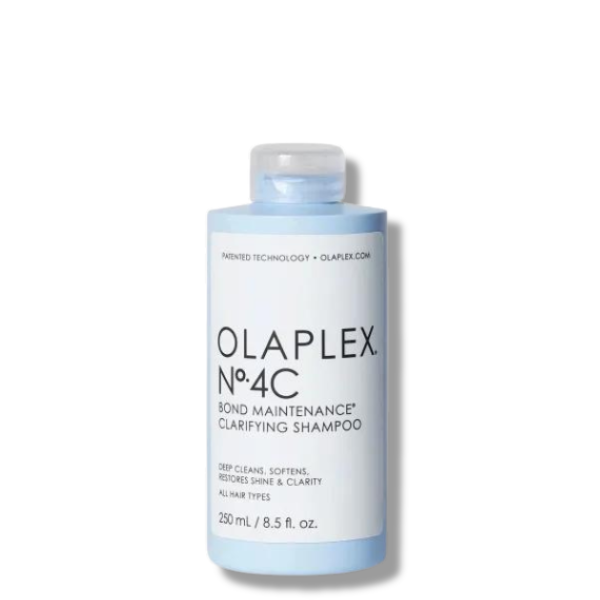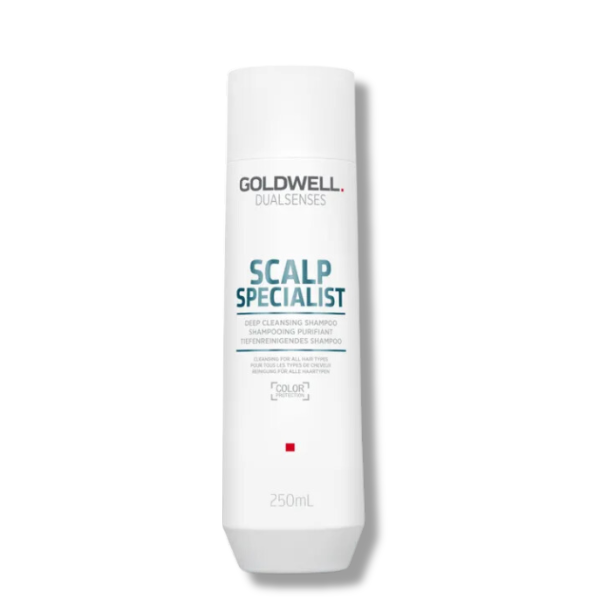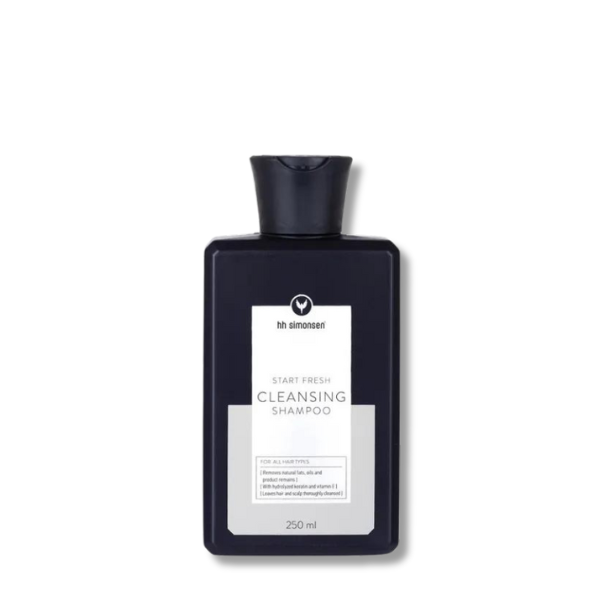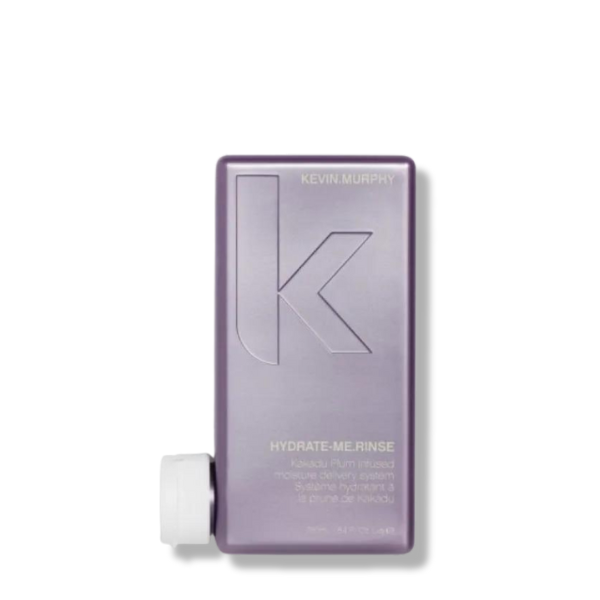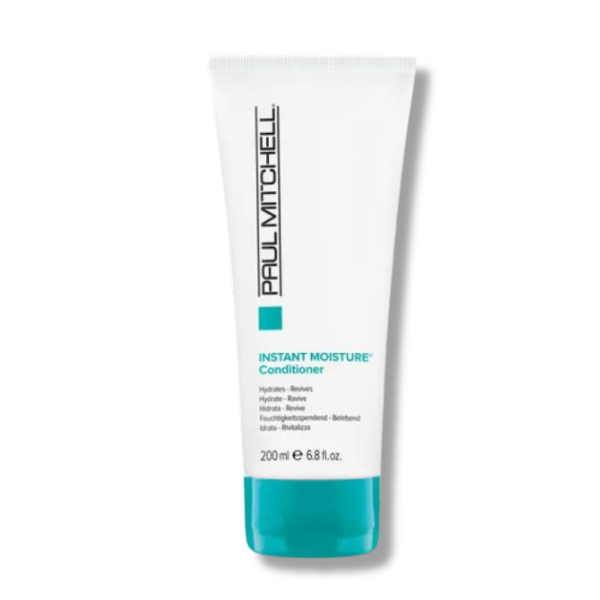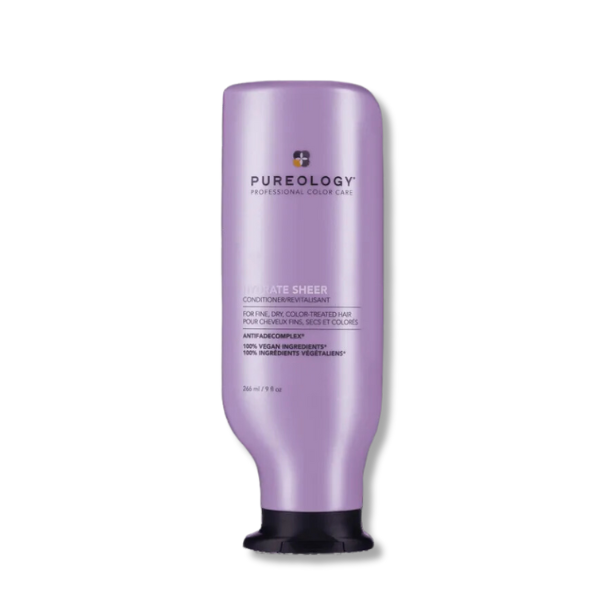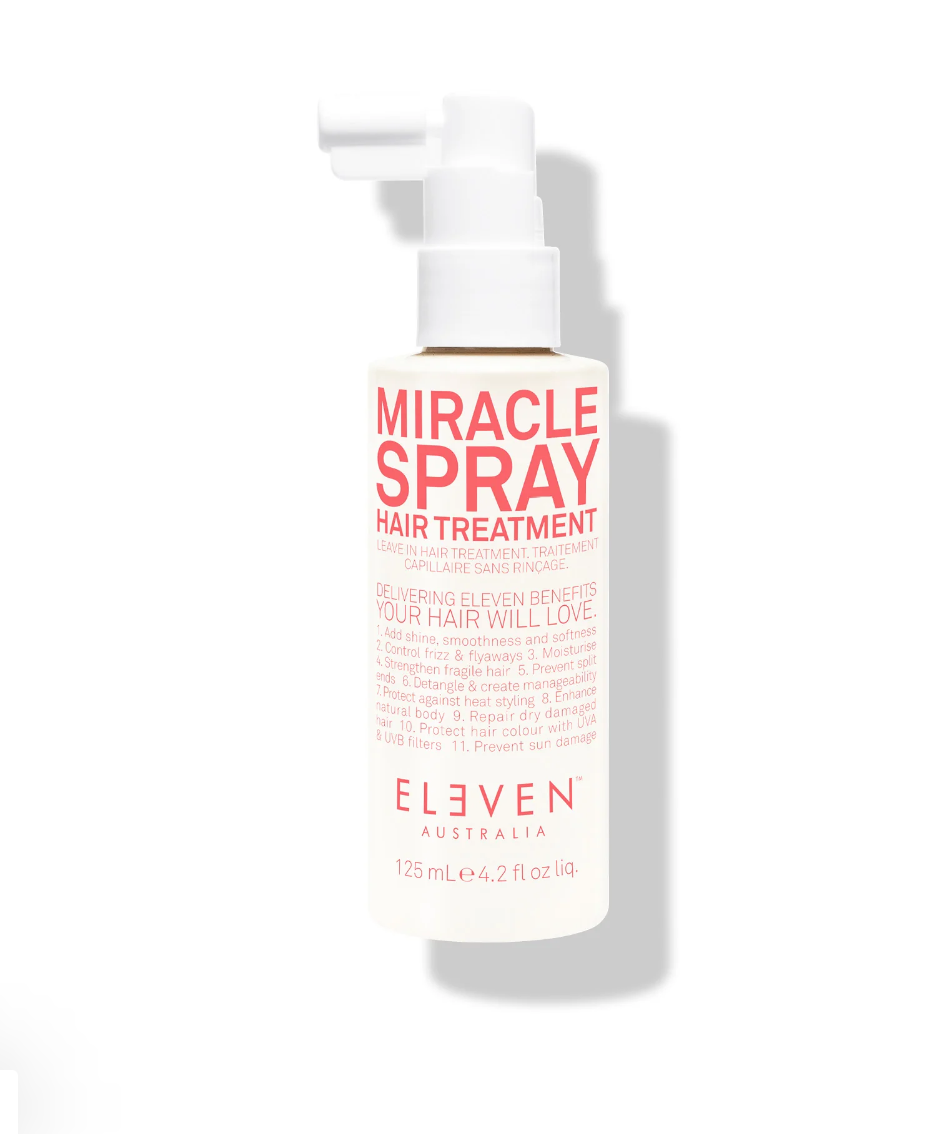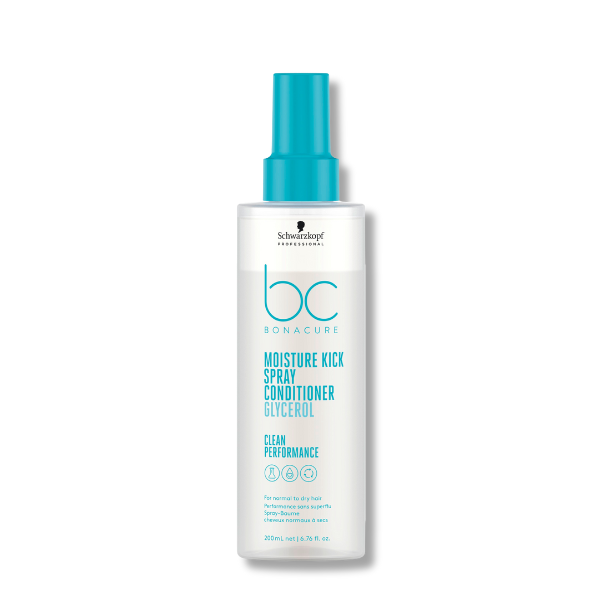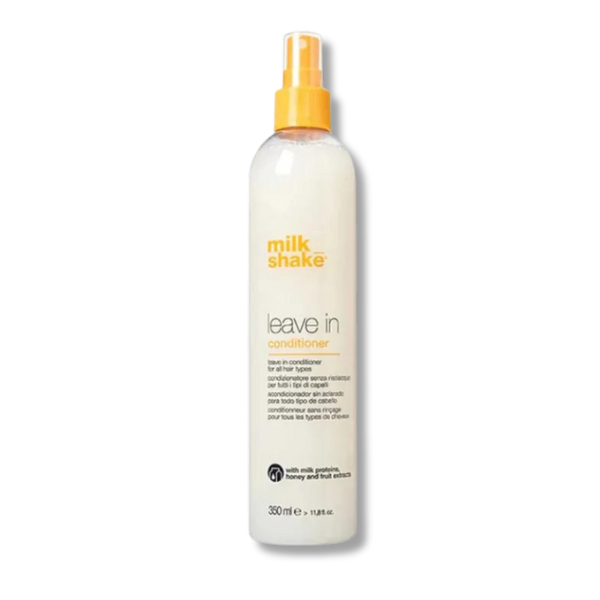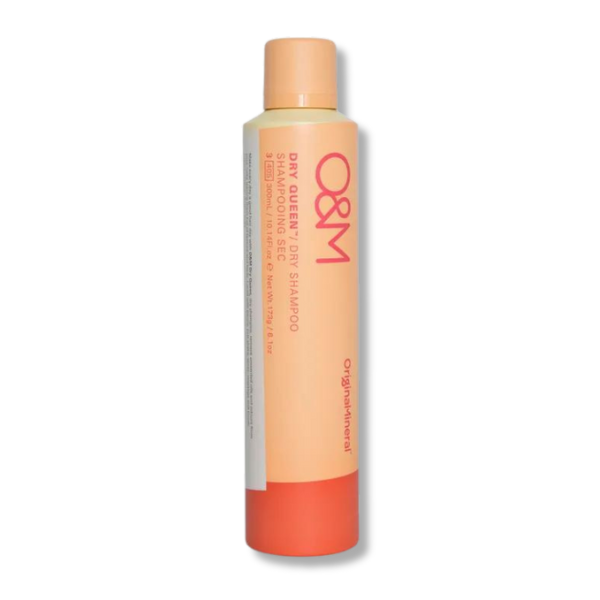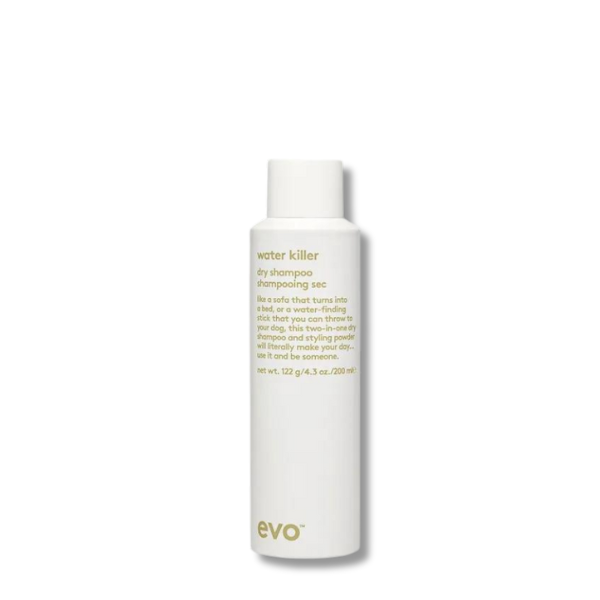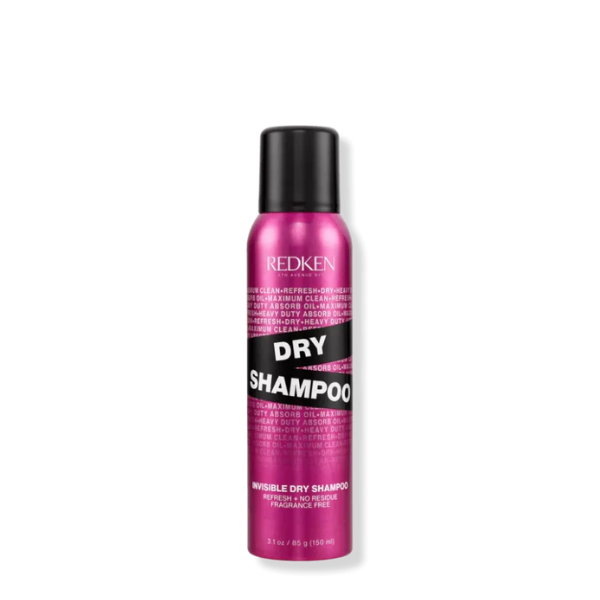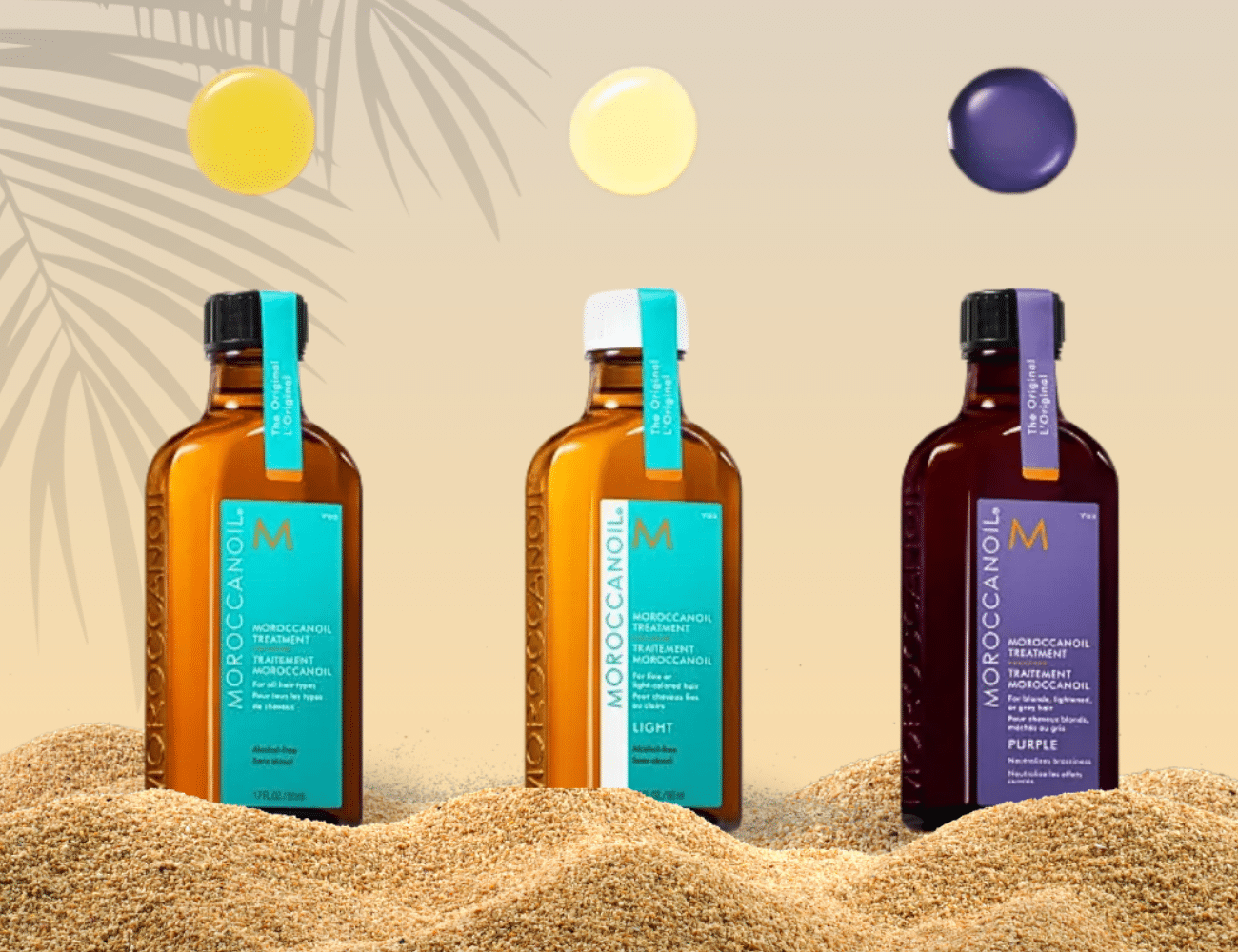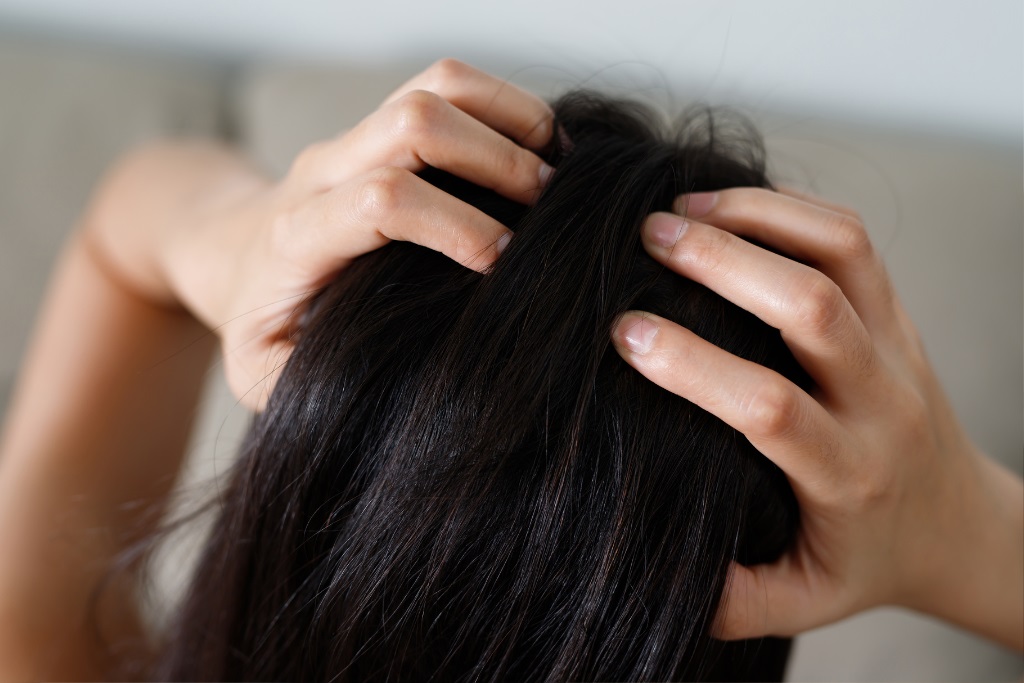
It’s a question we get asked quite a lot by our customers: “What can I use to combat oily roots and dry ends?” It is a pretty common problem and can feel like such a challenge to fix. On the one hand, you’re hesitant to use an oily shampoo and conditioner because you don’t want to dry out your ends even more. On the other hand, you might be worried that products designed to add moisture back into the hair will exacerbate your greasy roots.
But fear not; we have come up with a guide to help you balance your hair and scalp and, as such, end this issue for good!
What Causes Oily Scalp & Dry Ends?
Sebum is like a natural conditioner for your hair. It is produced by your scalp in order to moisturize and protect your scalp and hair at the follicle.
In short, an oily scalp is caused by excess sebum production. However, the reason for this can vary. Common reasons include:
1. Hormonal changes
2. Medication
3. Season/weather changes
4. Product build-up
5. Over-washing
In contrast, dry ends can be caused by the following factors:
1. Mechanical damage, such as excessive heat styling
2. Over-washing
3. UVA and UVB exposure
4. Chemical damage due to colouring, perming or bleaching
5. Genetics
Tips For Managing Oily Roots and Dry Ends.
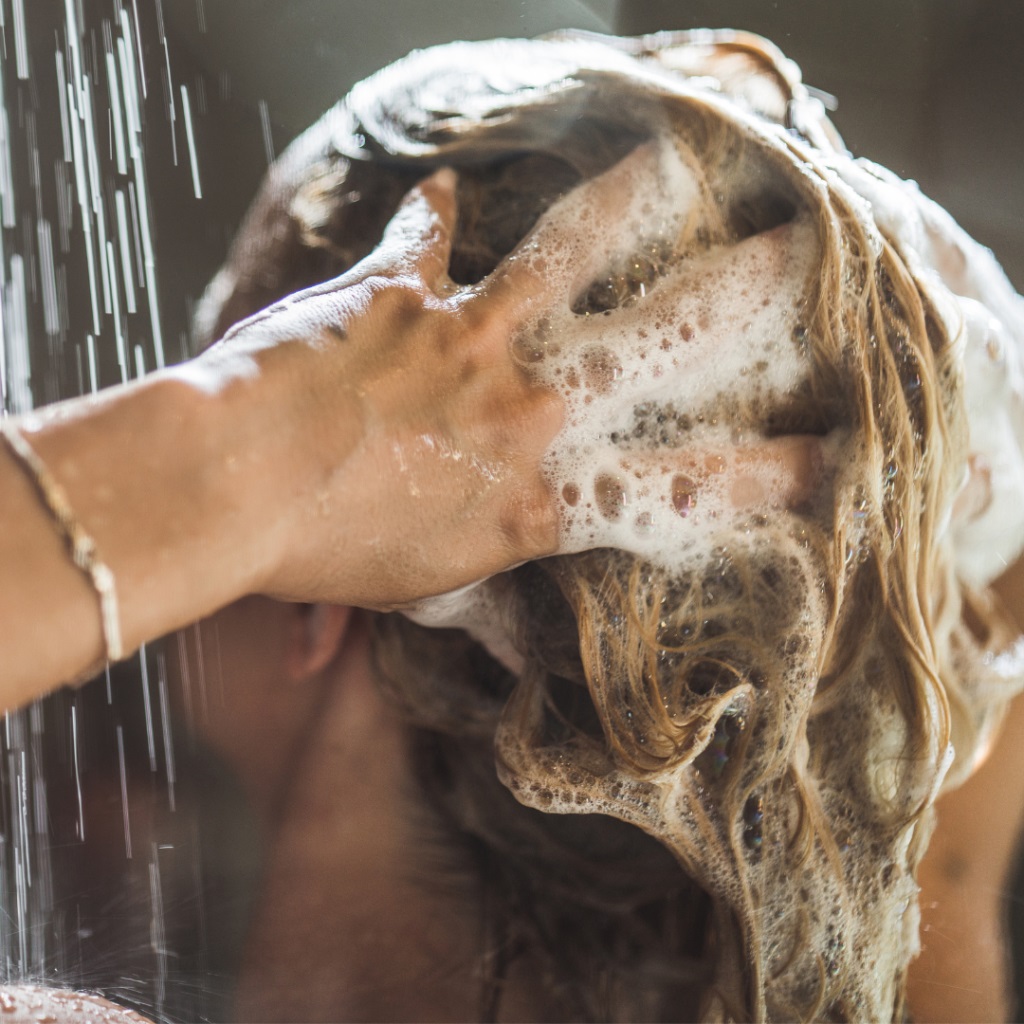
Stop Over-Washing
I know it is frustrating to have greasy hair, but shampooing too often or using a shampoo that is too harsh can actually make the issue worse. This is because stripping away too much oil can lead to your scalp overcompensating and producing more oil.
As a general rule, avoid constant use of shampoos that are labelled “Deep cleansing”, “Detoxing”, or “Clarifying”. Once every week or two is fine, but avoid using them every time you wash your hair. Instead, choose a shampoo for oily scalp and dry hair that use terms such as “Balance” or “Re-balancing”. If they’re sulphate-free, even better! Further, it is best to limit your wash schedule to 2-3 times per week if you can and be sure to shampoo twice before applying conditioner.
Brush Your Hair Properly
When it comes to brushing your tresses, technique is key. As mentioned before, sebum is a natural conditioner and as such, is great for delivering a shot of moisture and nutrients to the lengths of your hair. This is great for reducing split ends and taming frizz.
When brushing, be sure to detangle the hair from the ends first, working your way up towards your roots. After all the tangles are gone, comb from roots to ends. This will help distribute natural oils the whole way down the hair shaft and help add shine.
If you have straight or slightly wavy hair, it is best to brush it once dry. This will reduce unnecessary friction and breakage. In contrast, people with curly hair should brush when wet in order to reduce frizz.
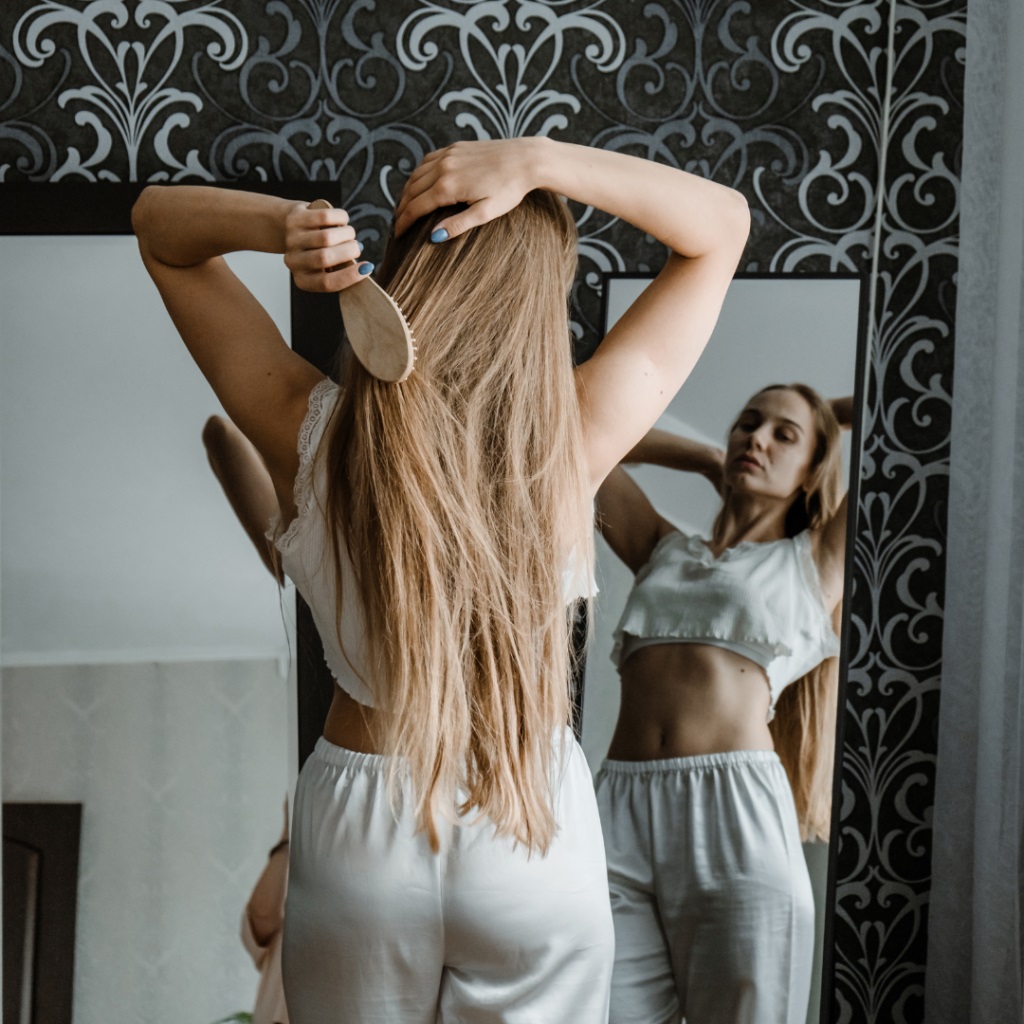
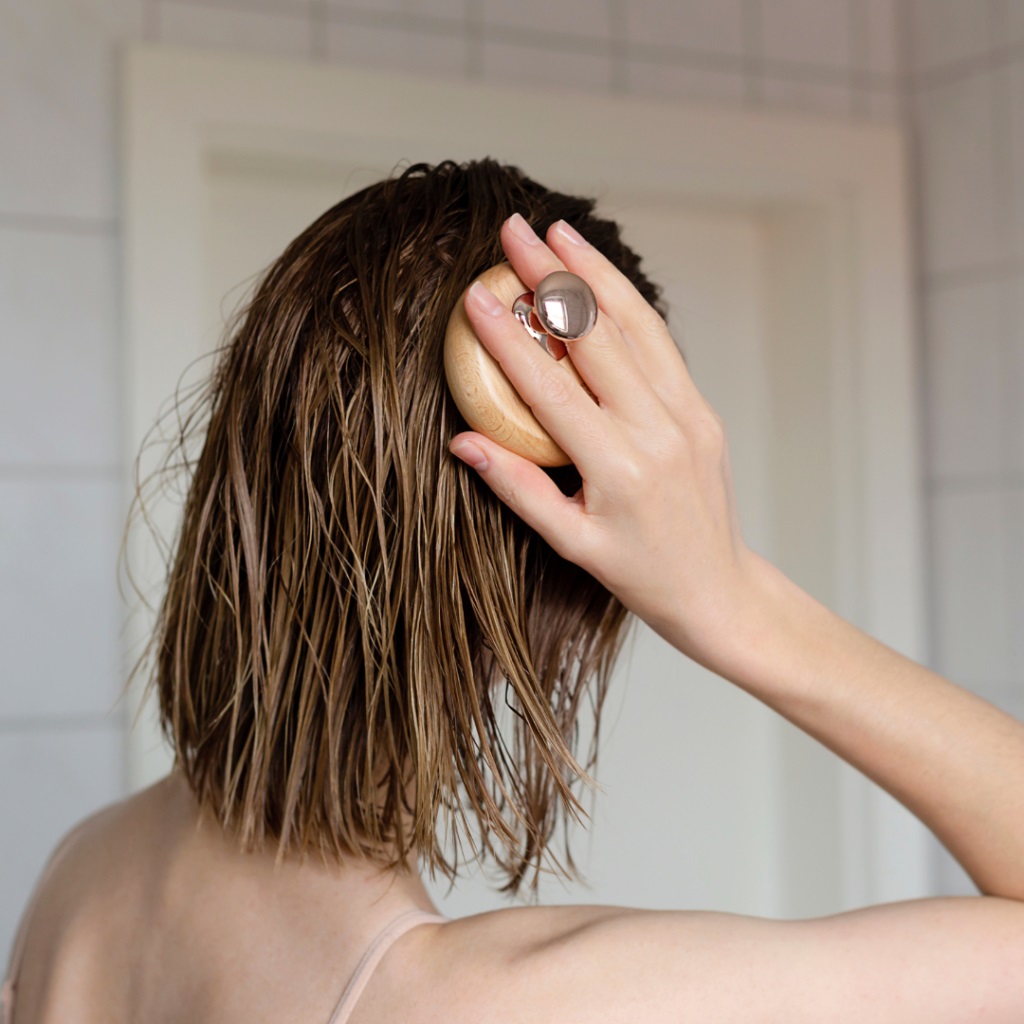
Massage Your Scalp
Using a scalp massage brush in the shower is a great way to not only distribute shampoo through your root area, but also gently exfoliate and lift away scalp debris and excess product build-up. In addition, using them on wet or dry hair also serves to stimulate blood flow, which is key for a healthy, balanced scalp environment.
When using a scalp massage brush, be sure to use slow, small, circular motions in order to avoid tangling or tearing your locks.
What Products Are Recommended For Oily Roots and Dry Ends?
1. Balancing Shampoo
Using a balancing cleanser as your regular shampoo will help to gently cleanse the hair and scalp of excess oil without stripping crucial moisture entirely. This will ensure your ends don’t dry out any further and will also mean your scalp retains an adequate amount of hydration, which will stop the over-production of sebum. See our best shampoo for oily roots and dry ends below:
2. Deep Cleansing Shampoo
Once every week or two, it is important to reset your scalp and clear it of any excess product or sebum. This is done by using a deep cleansing shampoo that unclogs your follicles to create a nice, fresh, clean scalp environment.
3. Hydrating Conditioner
After shampooing, apply a lightweight hydrating or moisturising conditioner to your mid-lengths and ends. This will restore moisture to your lacklustre tresses and will not weigh your hair down. Here are our faves:
4. Leave-In Conditioner or Treatment
After you have thoroughly washed and conditioned your hair, apply a leave-in conditioner to your ends. This will further combat moisture loss and help with frizz, detangling and shine. If you’re unsure of what one to use, begin by looking for terms on the label such as ‘lightweight’, ‘for fine hair’, or ‘non-greasy’. Here are some we love:
5. Dry Shampoo
Our final product that we recommend for oily roots and dry ends is a dry shampoo. Furthermore, it is actually more effective to apply your dry shampoo before you start feeling too oily. A few sprays on your roots will stop sebum in its tracks as well as add a little volume to your hair as well. When applying dry shampoo, spray into your root area, then leave it for about 30 seconds to do its job. After that, shake out any excess with your fingers so there is no white residue left behind.
Oily Roots and Dry Ends Summarised
Achieving a harmonious balance for your scalp and hair can be a transformative journey towards healthier, more vibrant locks. Understanding the causes of an oily scalp and dry ends is the first step in crafting an effective hair care routine. By implementing the tips provided and adopting a targeted routine, you can work towards restoring equilibrium to your scalp’s oil production and nourishing your dry ends.

